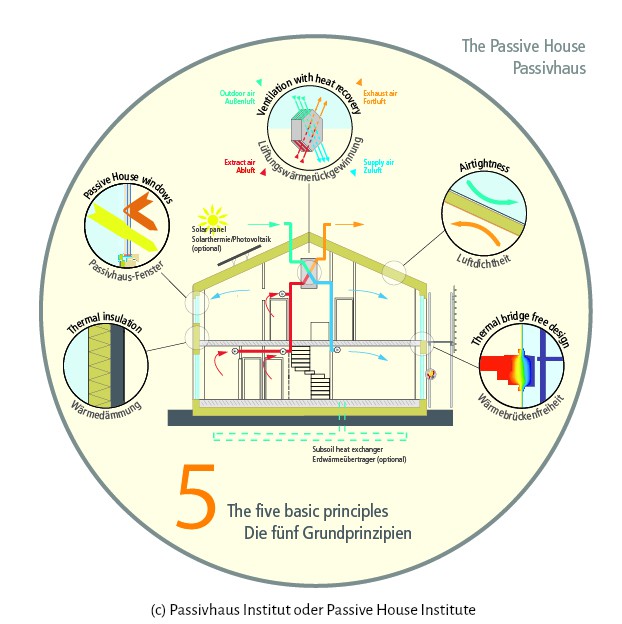
Building for the future: passive houses in Canada
When climate change and energy consumption are daily headlines, discussions need to include energy efficient housing, says a German architect in Canada’s capital.
“Many people say electricity costs are too high. It’s not a question about whether electricity is too expensive,” she says. “It’s about the building quality of houses.”
Part 1
Annegret Hayward studied architecture in Berlin and met her future husband during an exchange program with Carleton University in 1991. After living in Germany, Annegret and her family moved to Ottawa in 2004, where she has continued to work as an architect. Years later, she was looking for a new big project. She found it at a conference: passive houses.
A passive house is a building designed and constructed to achieve tremendous energy efficiency while maintaining a comfortable and affordable lifestyle, even in extreme temperatures. Compared to a regular home, a passive house uses between 75% and 90% less energy.

Although there are already a few passive houses in Canada, it remains a market niche, Annegret says.
“I’m a hundred per cent sure that this will change in the next five, ten years. We can’t keep building like this.”
To demonstrate the value of investing into a passive house, Annegret is in the middle of filing paperwork to start constructions for her own project.
Passive houses are still a novelty in Canada, which creates challenges for a project like Annegret’s. For example, some construction materials are unavailable in Canada and need to be shipped from manufacturers in Europe, which adds extra costs.
But obstacles like this don’t stop Annegret. She has drawn plans for two semi-detached homes in Ottawa, which she wants to rent out.
“I want to show that it is possible,” she says.
Follow Annegret’s project on her blog.
You can also find more information on the websites of the Passive House Institute as well as the Canadian Passive House Institute.